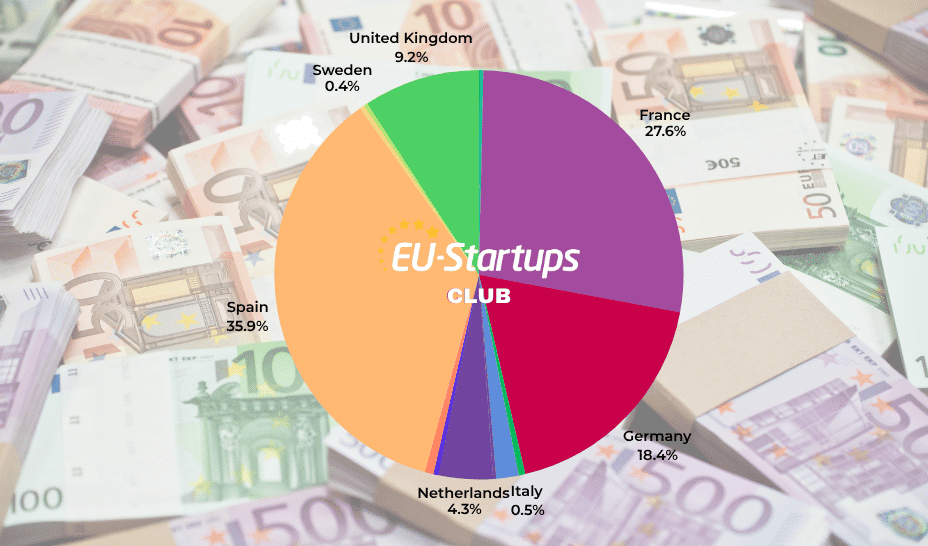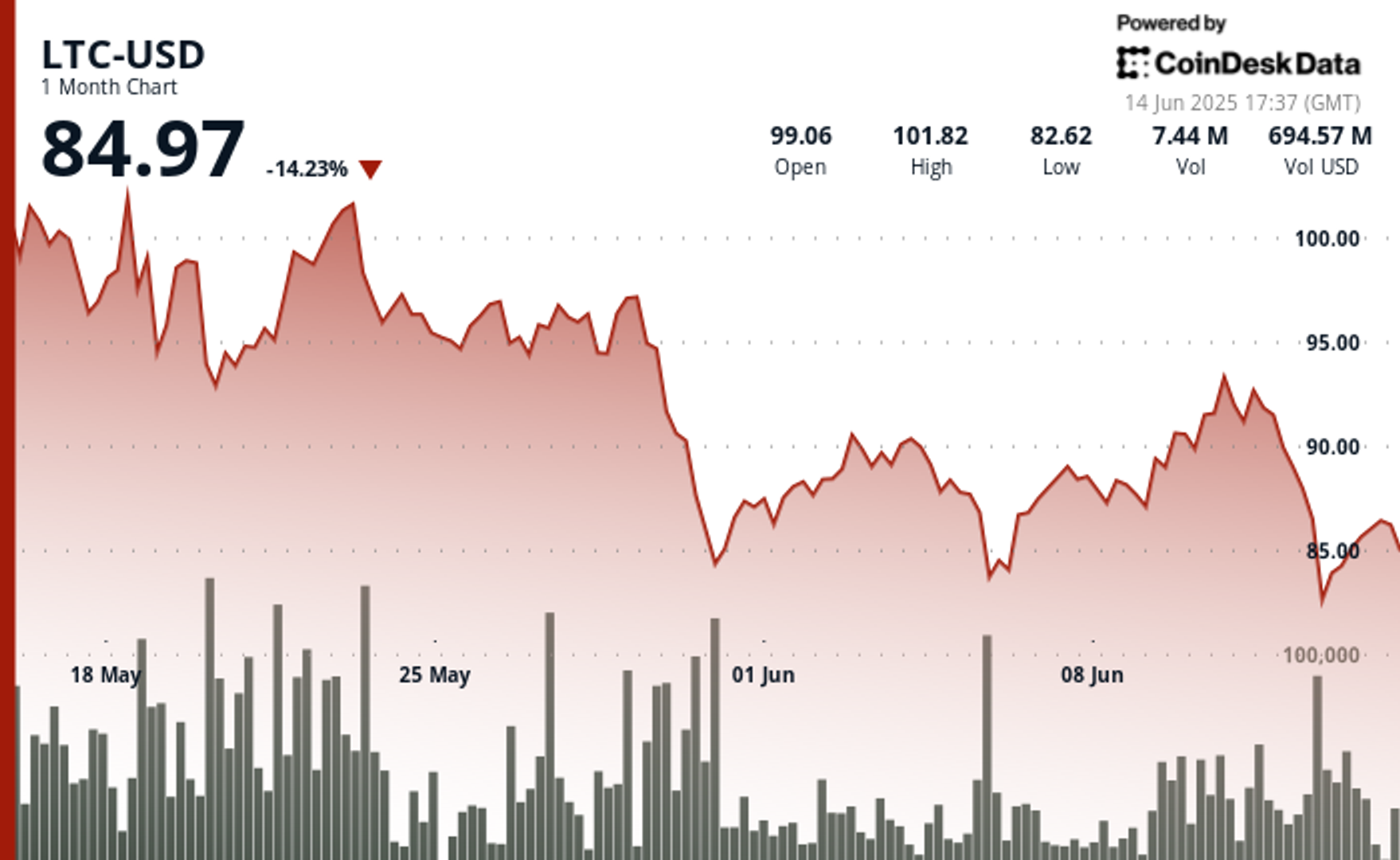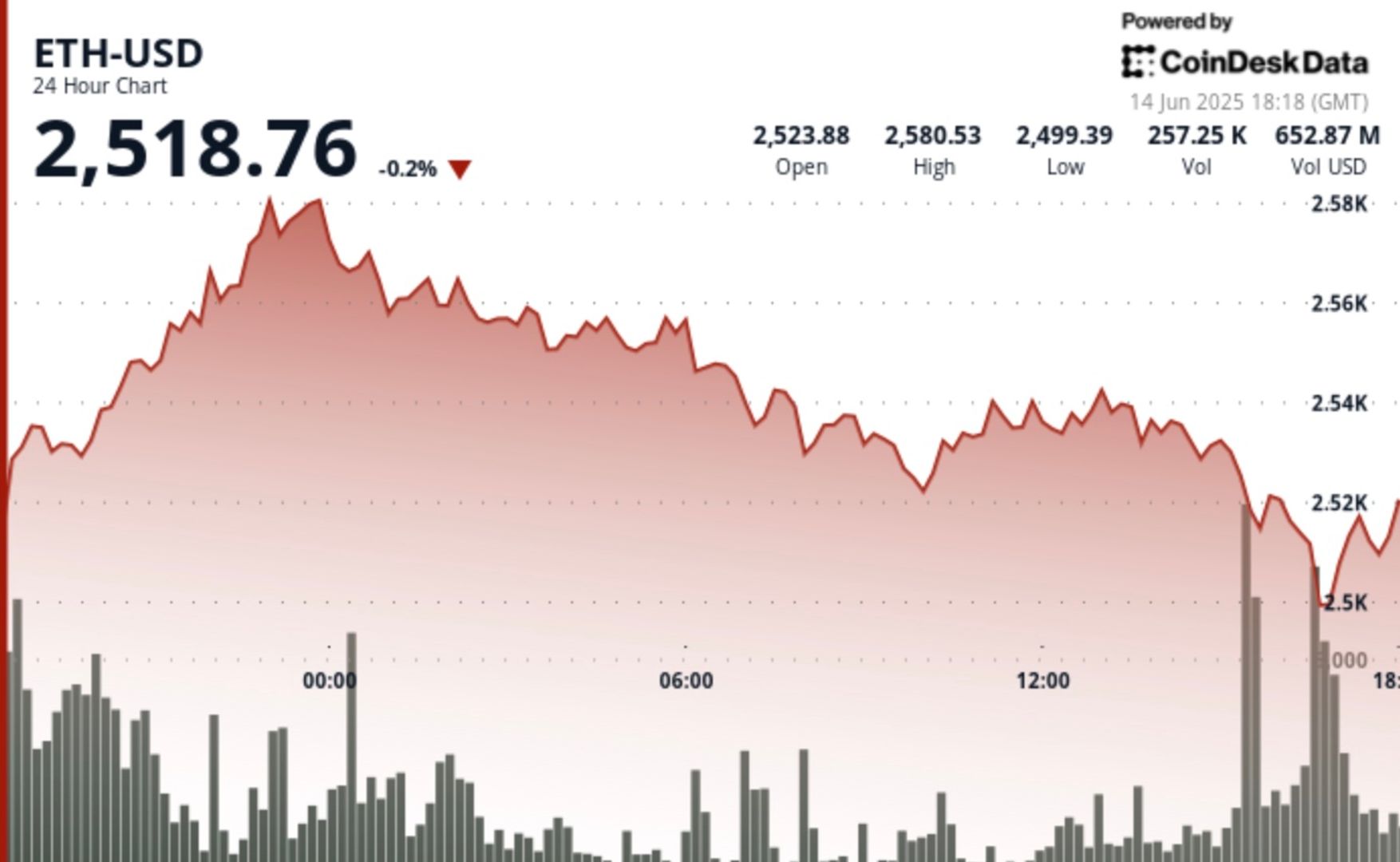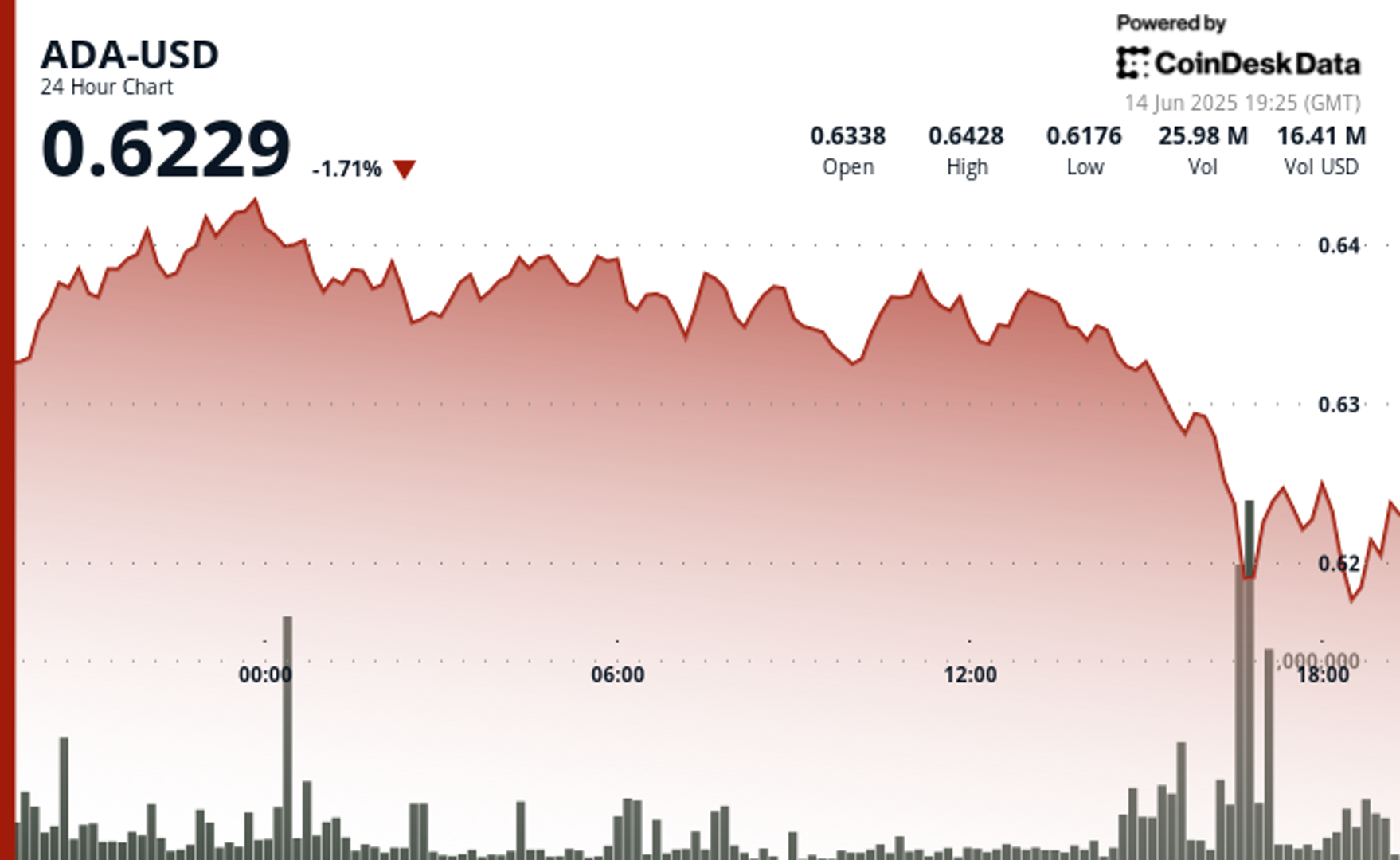How does Nexo manage to pay such high interest rates (up to 15%)? Where are they making those margins?
I’ve been thinking about Nexo’s business model and specifically how they’re able to pay such high interest rates on deposited assets. For example, they offer up to 15% on EURx, which is extremely high — especially compared to traditional banks or even most crypto platforms. I understand that: • the actual rate depends on how many NEXO tokens you hold • whether you choose to receive interest in NEXO • whether you lock your funds for a fixed period • and other similar conditions I’m also aware that Nexo provides lending services, and that the interest rates they charge on loans are higher than what they pay out on deposits — so in theory, that margin is where their profit comes from. But still, these numbers are so high that I’m really wondering how much profit they’re able to extract from their lending and other activities to cover such returns sustainably. Another thing that strikes me is that I could technically take out a loan from a traditional bank at a lower interest rate, deposit it on Nexo, and earn the difference. That tells me there’s something else going on here — or at the very least, something that needs to be better understood. I also know that Nexo isn’t regulated like a traditional bank, so they likely have lower administrative costs, a leaner and more automated structure, and fewer employees, which would make them more efficient overall. Plus, they earn from fees, spreads, and other services. But even considering all of that… is it really enough to sustain such high yields over time? Does anyone have more insight or has done a deeper analysis of where Nexo actually invests or lends the funds, and how they’re able to generate these kinds of returns? submitted by /u/Mediocre_Bit8203 [link] [comments]
I’ve been thinking about Nexo’s business model and specifically how they’re able to pay such high interest rates on deposited assets. For example, they offer up to 15% on EURx, which is extremely high — especially compared to traditional banks or even most crypto platforms.
I understand that: • the actual rate depends on how many NEXO tokens you hold • whether you choose to receive interest in NEXO • whether you lock your funds for a fixed period • and other similar conditions
I’m also aware that Nexo provides lending services, and that the interest rates they charge on loans are higher than what they pay out on deposits — so in theory, that margin is where their profit comes from. But still, these numbers are so high that I’m really wondering how much profit they’re able to extract from their lending and other activities to cover such returns sustainably.
Another thing that strikes me is that I could technically take out a loan from a traditional bank at a lower interest rate, deposit it on Nexo, and earn the difference. That tells me there’s something else going on here — or at the very least, something that needs to be better understood.
I also know that Nexo isn’t regulated like a traditional bank, so they likely have lower administrative costs, a leaner and more automated structure, and fewer employees, which would make them more efficient overall. Plus, they earn from fees, spreads, and other services.
But even considering all of that… is it really enough to sustain such high yields over time?
Does anyone have more insight or has done a deeper analysis of where Nexo actually invests or lends the funds, and how they’re able to generate these kinds of returns?
[link] [comments]





![X Highlights Back-To-School Marketing Opportunities [Infographic]](https://imgproxy.divecdn.com/dM1TxaOzbLu_kb9YjLpd7P_E_B_FkFsuKp2uSGPS5i8/g:ce/rs:fit:770:435/Z3M6Ly9kaXZlc2l0ZS1zdG9yYWdlL2RpdmVpbWFnZS94X2JhY2tfdG9fc2Nob29sMi5wbmc=.webp)

























































































































































































